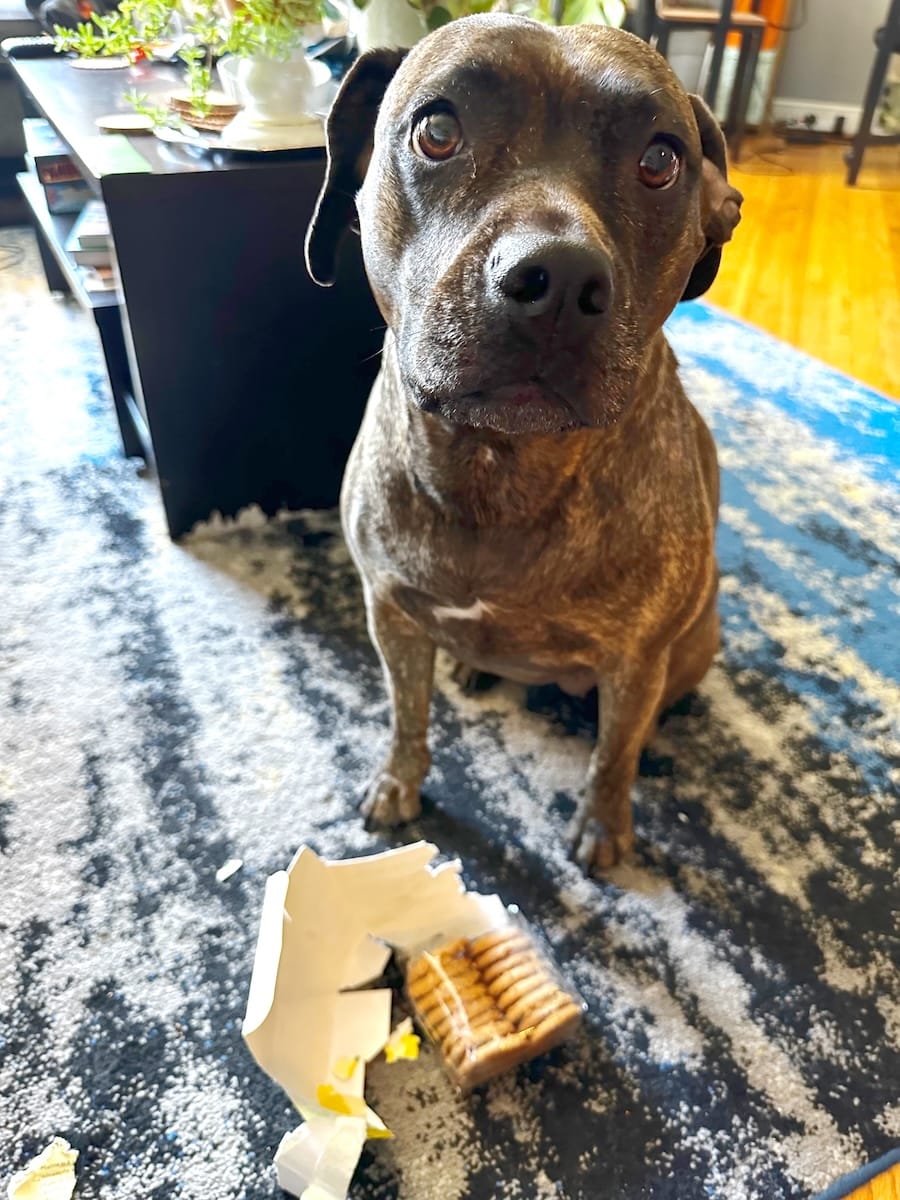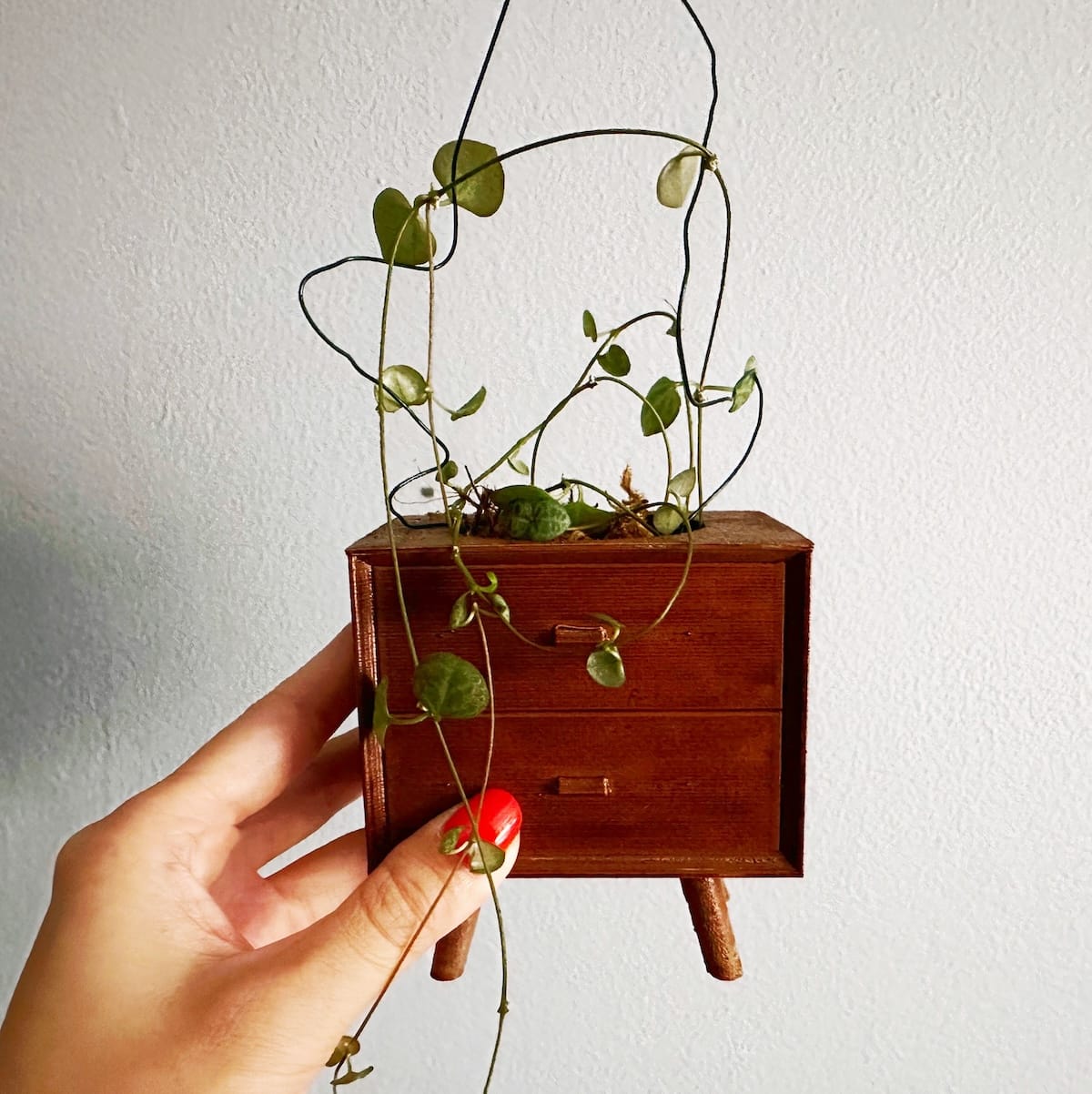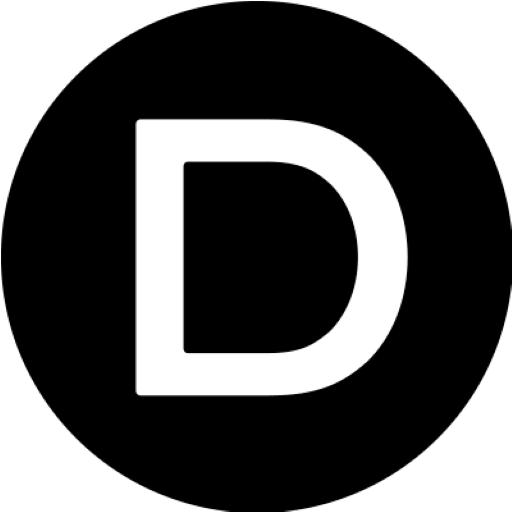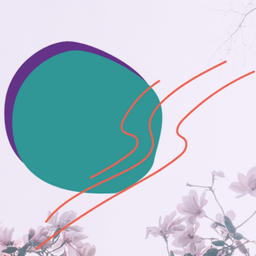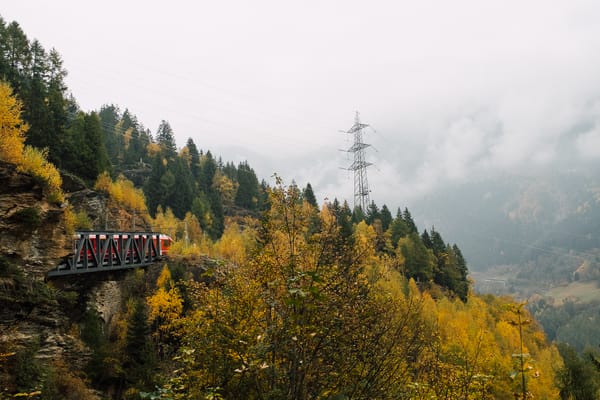Knowing when to change
When change is needed and necessary, red flags appear. An essay reflecting on this.
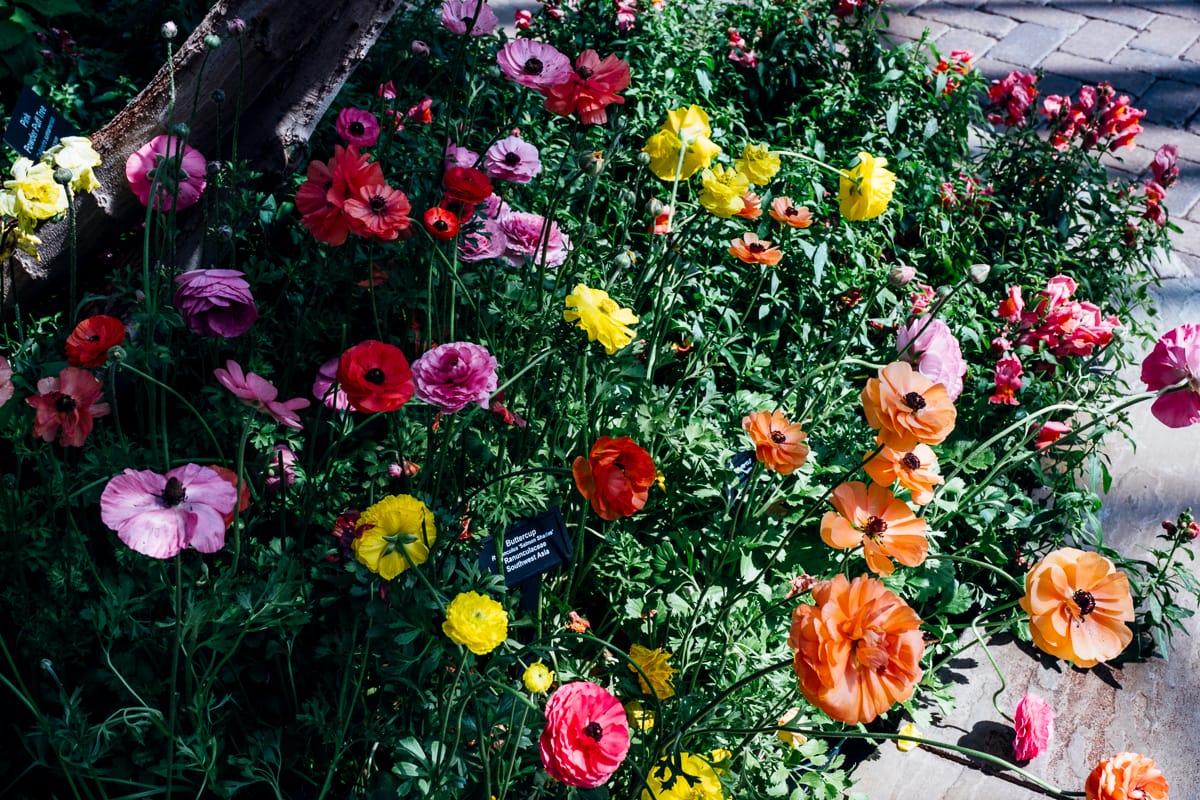

Knowing when to change
I’ve spent the last month of newsletter posts writing about coffee careers, before and after. It was necessary, but I need to step a bit away from the “all about the business of coffee” article set to something more general, cultural, and creative.
I have deliberately vaguely defined the title of this, but I’m speaking about change in the creative practice sense, not the structural or systemic sense. I write about knowing when to change from the perspective of someone who does a lot of internal reflection (aka anxiety).
As a freelancer, I’ve evolved my services and industries several times, usually for the better. The indicators—insights gleaned only after I’ve gone through the pits of despair— often reflected burnout symptoms, but the root causes differed.
If I start feeling (more) jealous of other people’s successes or accomplishments, I use jealousy as a sign to explore what I’m actually jealous of because it’s rarely about the person.
If I procrastinate far more than usual, and the reason is because I’m dreading the task. I spend my off hours worrying about something out of my control, and the worry is not accompanied by excitement.
If I resent the work I’m doing. Resentment itself is an indicator of a relationship souring, no matter what kind of relationship it is. If this resentment continues to build and take up brain space.
If things start spilling over into my personal life. The boundaries are getting blurred, my self-care routines are getting left in the dust.
If I spend a majority of my work time buried in things that are not inspiring, and this is not a temporary state of affairs. I know it’s bad if, at the end of the day, I feel like I accomplished little and I don’t want to go to bed because that means I’d wake up the next day doing all the same things again.
If I find myself Googling random careers that I have no ability or interest in doing. For example, I once thought I could be a massage therapist, because my fingers are strong from years of piano practice. I looked up how to become one and learned quickly I did not want to pay the admission nor go through all that training and schooling (Did I want to memorize the human muscular and nervous systems? No. And I knew this because I did this already with four different animal groups for a college anatomy class). Also, it’s such a physically laborious profession that I’m sure I would also need massage therapy. What I actually wanted was more freedom in my schedule, more hands-on creative work, and more career skills development.
I think it’s also important to know what burnout is and what a collective sign of needing change is. When you’re in burnout, it may be that your boundaries are blurring or you’re overworked, but deep down, you are still interested in your career or industry. On the other hand, needing a change in terms of your service offerings or a rebrand is a big upheaval. You don’t care that much about your work anymore, nothing is inspiring you to move forward, there are no goals that you’re working towards.
A natural progression happens when you offer services. You start from the hands-on part (for me, it was social media management), then graduate to strategy (designing digital strategies for companies), and then coaching (offering support to companies, may include strategy, but does not include execution). After coaching for a while, you may offer paid items, like courses or e-books, for that elusive passive income.
I think hitting a wall, as a freelancer, is not unusual. If you freelance for long enough, you will hit a wall of some kind. When that wall comprises all those if-statements above, I know a change is needed.

Are you a new reader or want to know what's going on? This is season 2 of tanjennts: New Directions. If you enjoyed reading this and would like to support future work like this, paid upgrades and comps are available. Forwarding and sharing are also appreciated.


etc.
article links, personal updates, and a plant feature

/cdn.vox-cdn.com/uploads/chorus_asset/file/25584373/247226_AI_Pixel_Reality_CVirginia_3.jpg)
Even before AI, those of us in the media had been working in a defensive crouch, scrutinizing the details and provenance of every image, vetting for misleading context or photo manipulation. After all, every major news event comes with an onslaught of misinformation. But the incoming paradigm shift implicates something much more fundamental than the constant grind of suspicion that is sometimes called digital literacy.
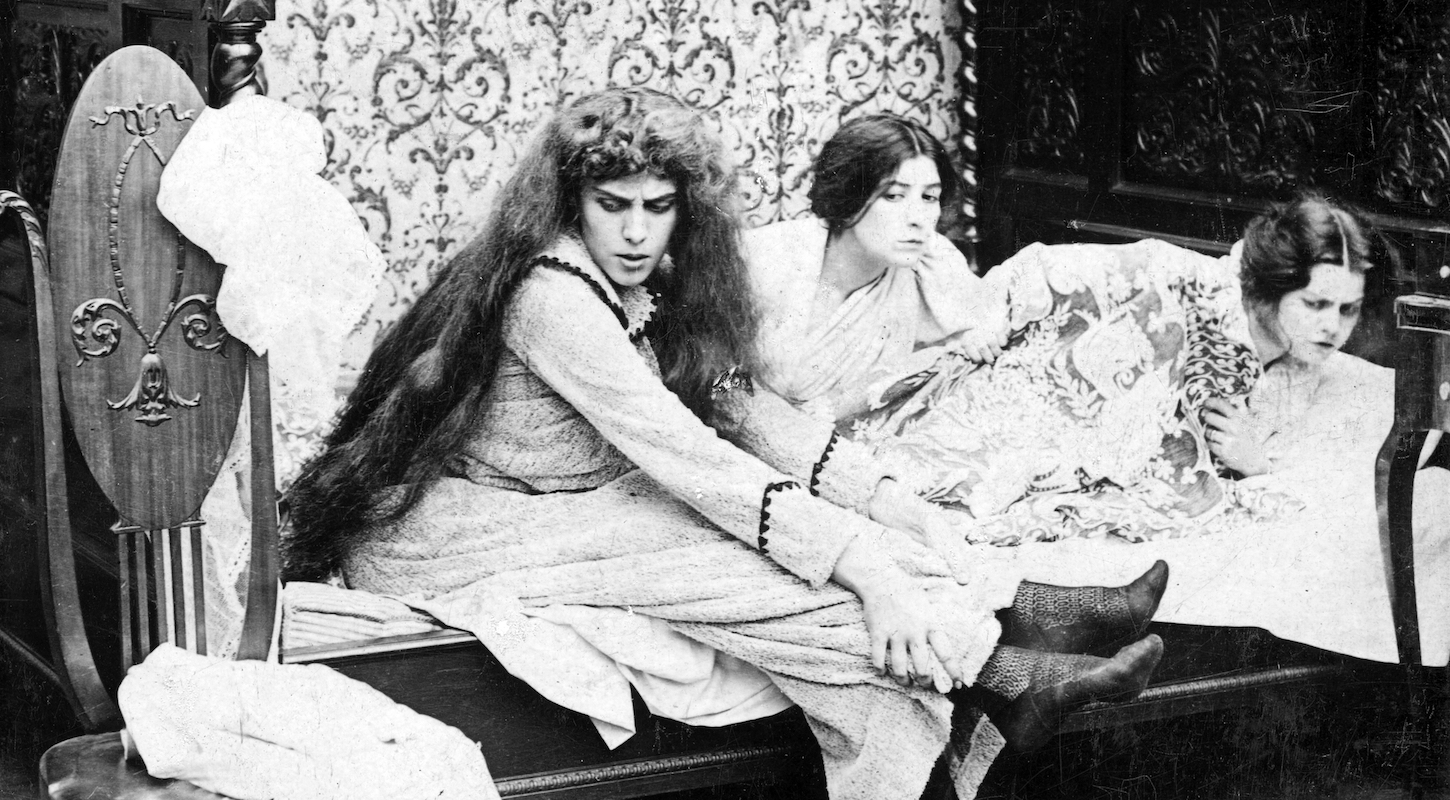
A moderator of an influencer subreddit chatted with me on the condition of anonymity, sharing only that she was a woman in her early thirties living in the northeast. She said a lot of snarkers start off as genuine fans, but then something curdles their view of the influencer. "Most snarkers start snarking when something feels off or disingenuous with an influencer they follow," she wrote. "A lot of times it is criticizing the privilege of influencers, how they advertise the beauty standard to a vulnerable following, and their blatant consumerism."

Like Todd, many providers told ProPublica that insurers frequently interfere with patient care. In addition to cutting off therapy, they are pressuring providers to cap the length of their sessions to 45 minutes, even when the patients require more time. Therapists told us that they have seen their patients sink deeper into depression, suffer worsening panic attacks and wind up in emergency rooms after insurers refused to cover treatment.
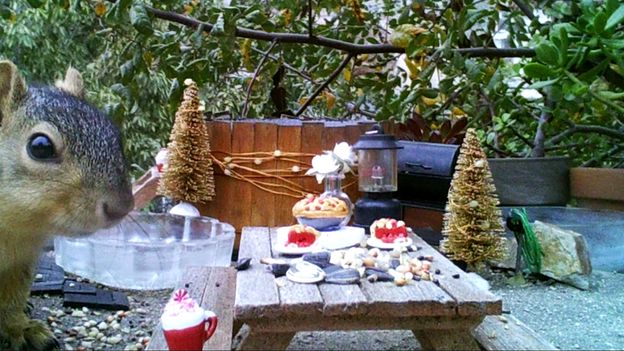
One eye-opening finding was that gentrified areas on the east coast, where money had been invested in landscaping and gardens, attracted a larger population of "non-nuisance species" like deer, rabbit and foxes. Meanwhile, underserved urban communities on the west coast with less green infrastructure attracted more "nuisance" species like rats, skunks and raccoons.

❓Source request: Have you let go of a business before via selling/transferring ownership? I'd love to chat with you in an interview!
📜 Published: n/a
🛠 Current project: I'm just trying to get through the week. I'm in the middle of a 10-day work period with many photoshoots.
🔏 Last week, paid subscribers received bonus interview quotes from the post-coffee careers interviews.

🍩 What I ate/drank/snacked on:
